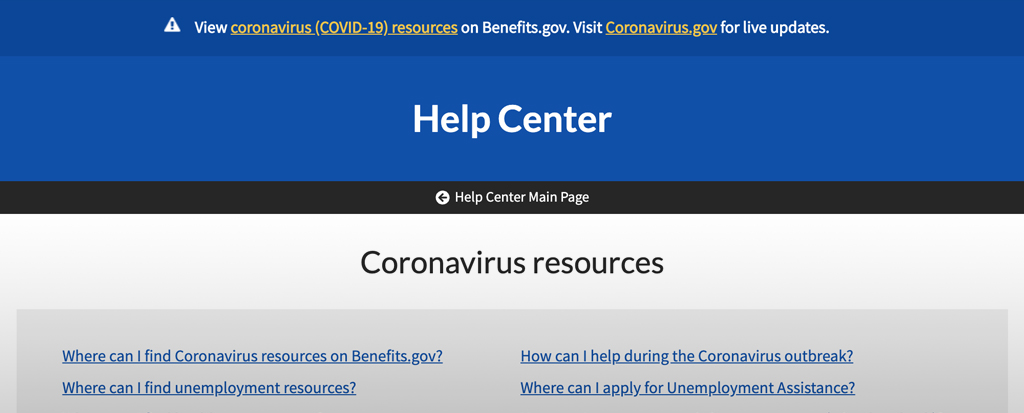Newsletters
Setting up and participating in a retirement plan are important parts of an architect’s financial future. When you have a retirement plan, it is important to name a beneficiary. Understanding the options involved in setting a retirement plan beneficiary is an important part of your decision-making. Selecting beneficiaries for retirement benefits is different from choosing…
Read MoreWe are pleased to announce that GEICO is now part of the special AIA member benefit offerings offered to you by the AIA Trust for members and component staff of the American Institute of Architects. With a track record of more than 75 years, GEICO now extends its low rates along with a special membership…
Read MoreOne major effect of the COVID-19 pandemic is its effect on the economy and the cash flow issues it is creating for small business owners of all types–including architectural firms. Should you consider borrowing from your 401(k) now? As an architect, if you have a 401(k) plan at work and need some cash, you might…
Read MoreThe new Coronavirus Aid, Relief, and Economic Security Act (CARES Act) that was just made into law may provide economic assistance for architects who are self-employed. Under Title II, Assistance for American Workers, Families, and Businesses the Unemployment Insurance Provisions Eligibility, the new law expands the scope of individuals who are eligible for unemployment benefits…
Read MoreMany architectural firms are tempted into believing they’re safe from cyberattacks because they don’t consider their data to be “sensitive” enough to attract criminals. A new article published by the AIA Trust is filled with real case studies and highlights how very attractive architectural firms are to cybercriminals, the most successful attack vectors currently in…
Read MoreOne of the most harrowing experiences I’ve ever had was during the sixth month of my pregnancy. My husband was out late, hadn’t called, and I was, of course, angry at his thoughtlessness. But this very evening, he had misjudged a bend in a rural, mountain road—and plummeted off the side of it into a…
Read MoreMost architects prefer to design the built environment rather than learn about legal concepts such as indemnification. While you should always engage your attorney to review contract language, this legal concept can significantly increase your risks on a project, especially if poorly written. An indemnification clause is your promise to cover the losses of the…
Read MoreAIA Trust insurance programs are making efforts to assist AIA member insureds during this uncertain time. For example, New York Life Insurance Company has temporarily extended premium payment periods to ensure that impacted members continue to remain insured even if they are having difficulty making premium payments now. AIA members under age 50 can now…
Read MoreIf you’re relatively new to practice, you may think that you can deal with retirement planning much later. But it takes years to accumulate the savings you’ll need for an ideal retirement. It’s well worth spending time now to strategize how you’ll get from here to there–even if retirement is many years in your future.…
Read MoreMany people assume that life insurance is only for married couples and those with kids. While it is true that all single people may not need life insurance, there are some important reasons to consider it. You have student loan debt. Debt doesn’t die with you. While the loans through the federal government are…
Read MoreWith the start of the new year, the 2022 AIA Trust Component Grants Program guidelines are now available for your component to submit winning program ideas for grants up to $3,000 each. Submissions are due by April 4, 2022. More than $300,000 has been awarded directly to AIA Components for innovative programs that foster leadership…
Read MoreA new AIA Trust paper about the potential impact of the green design movement on the architect’s standard of care explores new risks and legal theories associated with green design and offers two case studies.
Read MoreIf you’re an architect who is self-employed or receives 1099 income as an independent contractor, you know that it’s up to you to establish a retirement plan. But do you understand the various approaches available to you, such as an individual 401(k) plan, and which may best suit you and your situation? If you’ve done…
Read MoreFederal, state, and local governments in the United States see Public-Private Partnerships (P3s) as a means to implement critical infrastructure improvements, such as improved public roads, highways, and bridges, and construct municipal improvements, such as courthouses, airports, and higher education residential facilities, when they have no immediate way to fund them. While benefits abound for…
Read MoreAccording to a report by the National Association of Insurance Commissioners, as baby boomers age, they will have to deal with one of the largest financial risks of their generation: the overwhelming majority of elderly Americans will require long-term care (LTC) in their lifetimes. The expenditure required for long-term care often exceeds retirement income and…
Read MoreIn April 2018, the AIA Trust published The AIA Trust Guide to Marijuana Facilities Design which examines some of the necessary design considerations as well as the potential legal risks that a design professional may face in light of conflicting state and federal legal requirements. As these requirements continue to evolve, so do issues that…
Read MoreFinancial wellness is one of the top trends in employee benefits right now because it has a good return on investment. When done right, it benefits both the employees of small businesses and their employers. It may seem like it’s outside the interest of employers to help employees deal with their individual financial issues. In…
Read MoreWhen running a firm, you need a business continuity plan to ensure orderly leadership transition in case one or more key people leave, no matter the reason. Leaders, whether owners or managers, may leave because of retirement, death, a disagreement over strategy, or a job opportunity at another firm. Planning is crucial–and an important part…
Read MoreAs an architect saving towards retirement, you know that employer-sponsored plans, such as 401(k)s and IRAs, are the best ways to invest for retirement. While both are good options, if you’ve already maxed out your contributions to those accounts and want to save more, an annuity may be a good investment to investigate. …
Read MoreEveryone’s situation is different Mine began recently with a bunch of firsts: my first job, my first apartment and my first life insurance plan. I am now 25, single with no children, some disposable income–and life insurance coverage. How did this happen? The conversation began at work. I asked Bill, a colleague and mentor in…
Read More



















